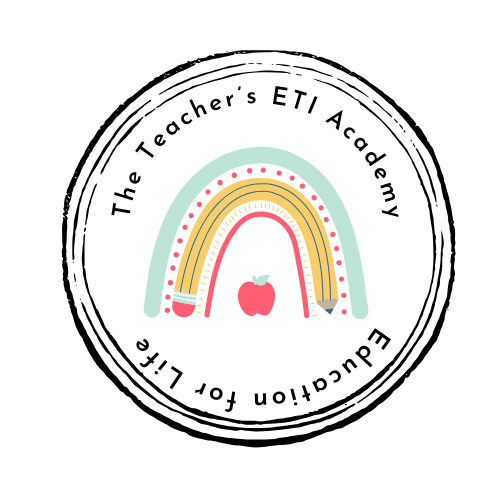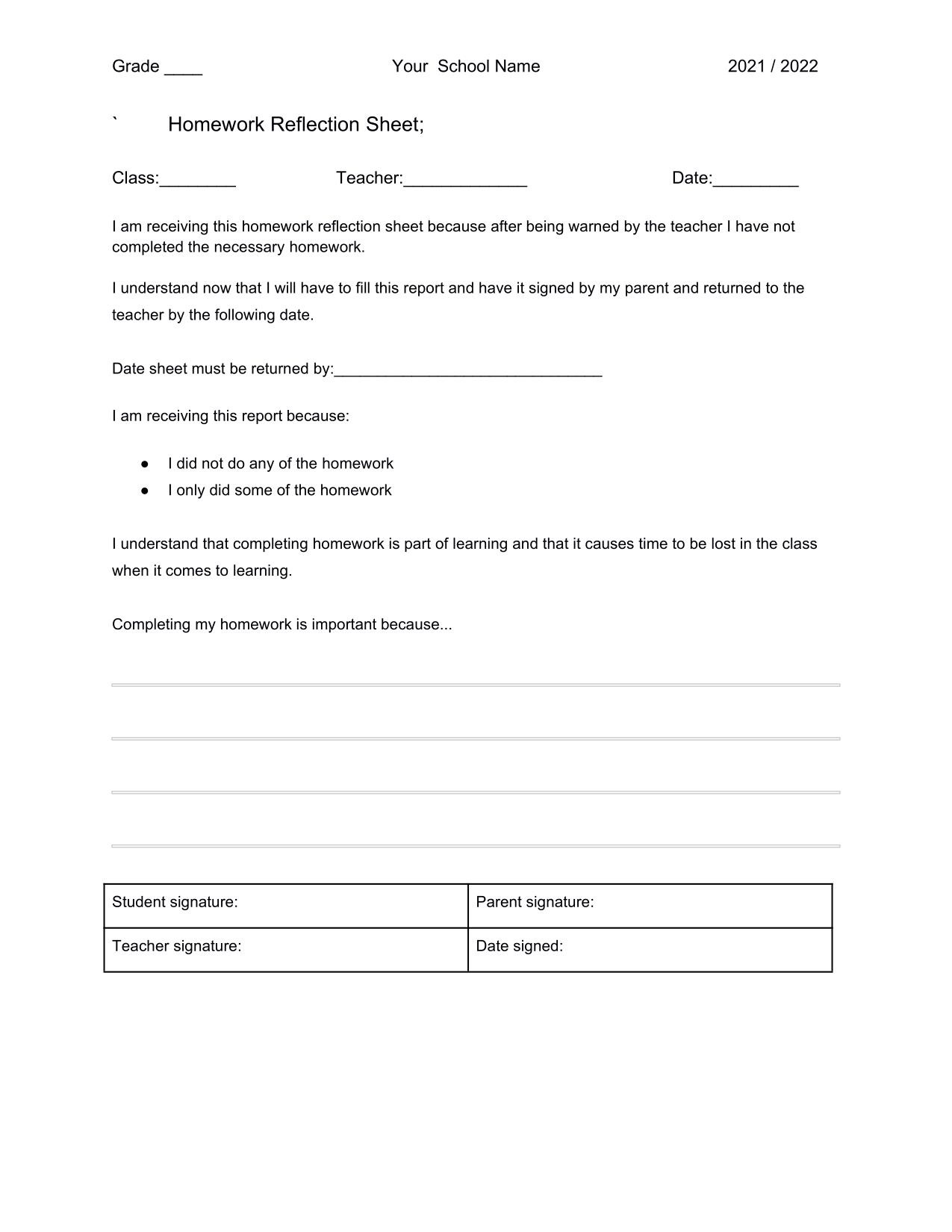Effective Tools for Discipline Strategies in the Classroom
Effective tools for discipline strategies in the classroom include tools to help with motivation, rewards, and consequences according to the age level of students in the classroom.
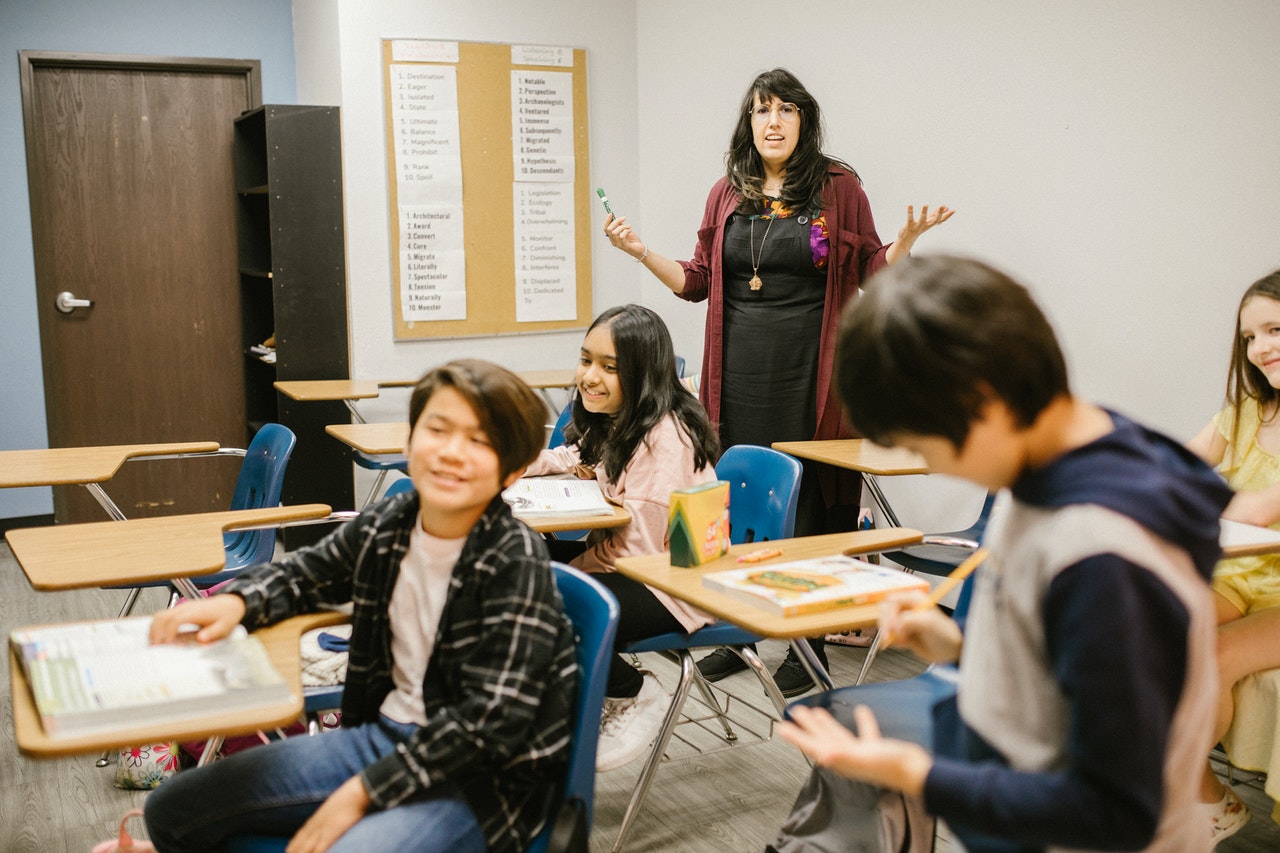
Classroom discipline is about more than maintaining order; it’s about fostering an environment where students can thrive academically, socially, and emotionally.
Implementing effective tools for discipline strategies helps create a structured setting where motivation, accountability, and responsibility are at the forefront. When paired with appropriate rewards and consequences, these tools can transform a classroom into a dynamic and engaging learning space.
Factors Affecting Discipline Strategies in the Classroom
How well students manage their own behavior in the class depends in part on their motivation. When students are told what discipline means and what rewards and consequences are a part of the discipline routine, then we can consider rewards and consequences as one means of effective discipline strategies.
Watch our video below to get a sneak peak into how teachers can build effective discipline strategies in the classroom.
Let’s now explore more on three important factors( motivation, accountability, and responsibility) to consider when teachers look to establish effective discipline strategies in the classroom.
Motivation: The Foundation of Discipline
Motivation is a driving factor behind student behavior. Understanding what motivates your students can help you implement tools that encourage positive behavior. Some strategies include:
- Setting Clear Goals: Students are more likely to stay disciplined when they understand expectations. Posting classroom rules and consequences in a visible spot serves as a constant reminder.
- Incorporating Incentives: Offering rewards like praise, privileges, or tangible items can inspire students to remain focused and cooperative. Tools like a class reward chart or point system track positive behavior and motivate students to reach common goals.
- Providing Choices: Empowering students with choices in their learning fosters intrinsic motivation. For example, allow students to choose their project topics or how they complete an assignment within set guidelines.
Understanding the two key types of motivation, may help teachers in using the right tools for discipline strategies in the classroom.
I. Intrinsic vs. Extrinsic Motivation
Teachers need to present rewards so that students find their motivation is for their own personal gain (intrinsic motivation) and not because they deserve the external reward (extrinsic motivation) the teacher has promised.
Gifts as rewards are always fun to receive, but students should know that the most important point in the reward system is to choose good behavior because it is important for one’s own happiness.

In other words, students should be looking at their intrinsic motivation – achieving rewards, and avoiding consequences, not for external gains, but because they want to work hard for their own happiness and success.
Consider Journal Writing for Motivation
This blog contains affiliate links to highlighted websites and/or resources. By clicking on the link and making a purchase we may earn a small commission at no extra cost to you. Click here for full disclosure.
As part of our recommended tools for discipline strategies in the classroom, teachers can use journals to help with improving motivation towards learning. This helps create a positive approach to discipline by having students write down emotions they may feel towards learning.
Accountability: Encouraging Ownership of Actions
Accountability teaches students the importance of owning their behavior and learning from their mistakes. Some effective tools include:
- Behavior Tracking Systems: Tools like behavior logs or apps allow students to track their actions, providing opportunities for self-reflection.
- Peer Accountability: Group activities or partnerships encourage students to work together responsibly, as their actions impact the group’s success.
- Regular Check-Ins: Individual or group discussions about behavior help students understand the impact of their choices and develop strategies for improvement.
Free Tools for Discipline Strategies for The Classroom
We provide free behavior and homework tracking resources to help teachers deal with behavior and homework issues in the classroom.
Note: The resources we offer below work best for students in grades 4 and older. Join us below to download your free copy of our behavior and homework reflection sheets.
I. Behavior Reflection Sheet
It then asks the student to reflect on why good behavior is important and how they will show good behavior moving forward.
Click here to download this sheet from our Canva profile and follow us for more educational content!
II. Homework Reflection Sheet
This sheet has the student first explain their lack of responsibility that got them the sheet in the first place.
It then asks the student to reflect on why homework is important and how they will recognize their responsibility moving forward.
Click here to download this sheet in our TpT shop!
Discipline doesn’t have to be a scary word for students when teachers introduce measures in the right way and help to build good teacher-student relationships.
Responsibility: Building Lifelong Skills
Responsibility goes hand in hand with accountability but emphasizes proactive behavior and fulfilling obligations. Here are tools to instill responsibility in the classroom:
- Classroom Jobs: Assigning roles like line leader, equipment manager, or tech assistant gives students ownership over certain responsibilities, fostering pride in their contributions.
- Reflective Journals: Encourage students to write about their behavior, actions, and ways they can improve.
- Consequence Mapping: Clearly outline the natural or logical consequences of actions. For instance, if a student forgets homework, they may need to complete it during free time.
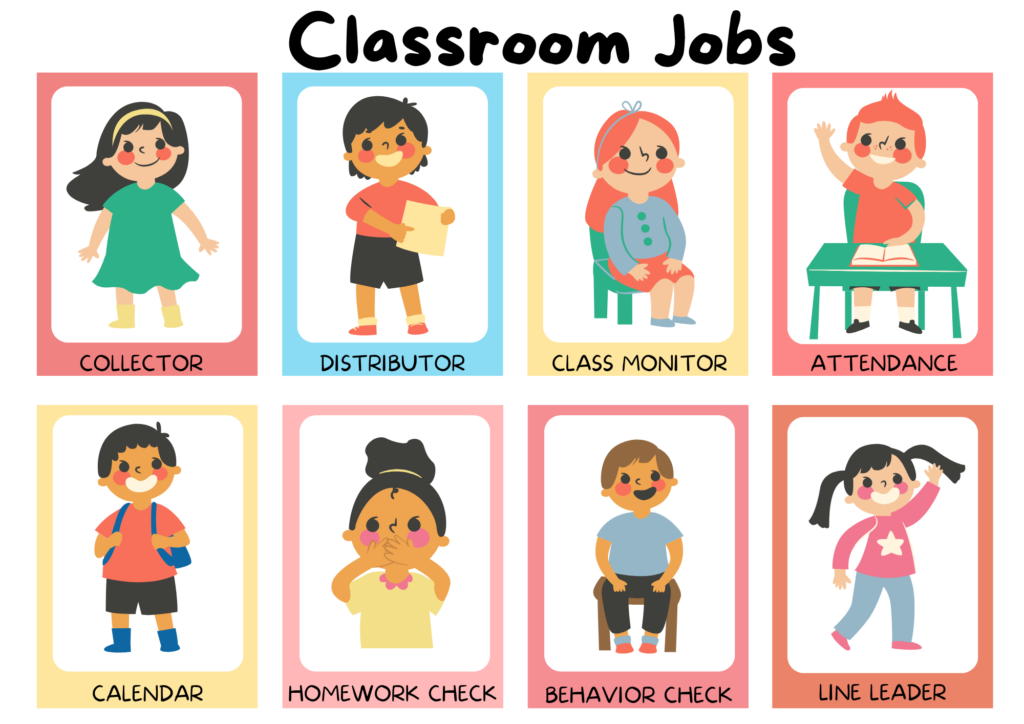
Rewards and Consequences: The Balancing Act
An effective discipline strategy combines rewards and consequences to reinforce positive behavior and deter negative actions.
- Positive Reinforcement: Rewards like verbal praise, certificates, or special privileges celebrate good behavior. This encourages students to repeat those actions.
- Logical Consequences: These consequences are directly related to the behavior. For instance, if a student disrupts the class, they may lose participation privileges for the day.
- Restorative Practices: Focus on repairing harm caused by negative behavior rather than simply punishing it. For example, if a student damages school property, they may work to fix it or engage in community service within the school.
Rewards are seen as tools for motivation. However, this idea of rewards and how effective they will be in behavior management depends on two factors; age and the kind of motivation.
A. Elementary (K – 5th) Grade
Students in the primary stages (K – 5 grades) look at rewards as a way to connect with their teacher and consequences as preventing them from connecting with their teacher.

The more rewards they get, the more their teacher likes them and sees them as a good student.
B. Types of Rewards for Elementary Students (K – 5th)
Students in this age group delight in receiving simple physical rewards such as:
that are presented in a way that shows appreciation and recognition of their efforts.
A. Middle & High School (6th – 12th) Grade
Students in the middle and high school stages (6th – 12th grade) don’t see rewards as important in connecting with their teacher, because they generally see the value of connecting with peers to be more important.
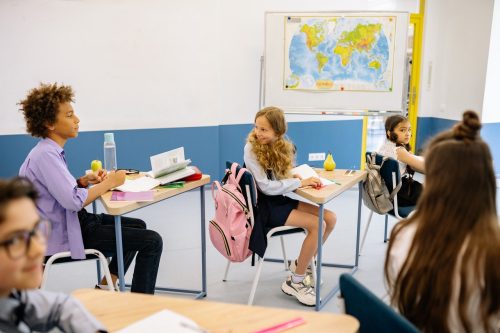
Students in this age group delight in receiving the extra points they need to get those ever important high grades!
Students in this age group delight in receiving simple physical rewards such as:
that are presented in a way that shows appreciation and recognition of their efforts.
Teachers should be honest in offering extra points for work done that shows appreciation and recognition as to the dedicated efforts students are making with their learning.
Rewards to Avoid
While it is tempting to do so, teachers should avoid offering sweets or candy as rewards for improvements in learning.
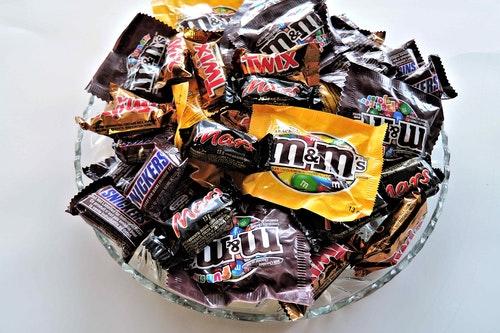
For both age groups, the reward systems should be set up so that all students have a fair chance at gaining rewards, so as to help them find the intrinsic motivation they need to keep themselves well behaved and learning during the lesson.
For more resources, be sure to join the ETI Academy community.
Consequences as Part of Discipline Strategies in the Classroom
When students are not fulfilling their responsibilities in the classroom when it comes to their behavior or their work, or if they are caught cheating, teachers should have students reflect on theWse issues.
These types of consequences will get students thinking as to how their behavior should be so as to not cause problems for themselves and those around them.
Behavior Issues Impacting Learning
Students need to be aware of the consequences of their behavior as a way of understanding how their negative attitudes and behaviors are hurting their learning. Negative behaviors include not listening to others in the classroom, refusing to do work, or arguing/fighting in the classroom.
Homework Issues Impacting Learning
Why do teachers give homework?
Well the answer is to help reinforce learning outside the classroom.
Homework teaches students about responsibility.
When students fail to meet this responsibility time and time again, it hurts their learning.

The consequences for not taking responsibilities is again to reflect on what effects their lack of responsibility has to not only themselves, but to those around them.
Consequences that make students think about their actions, will make more of a positive impact on a student, then if they had something taken away, or worse, made to feel embarrassed or ashamed for what they did.
Integrating Technology into Discipline Strategies
Modern classrooms can benefit from apps and software to manage behavior and encourage positive habits. Tools like ClassDojo, BehaviorFlip, or Google Forms for behavior tracking can make implementing discipline strategies more seamless and engaging.
Discipline Strategies vs. Classroom Management
Effective discipline strategies make classroom management easier.
If classroom management is made easier, then teaching and learning is made easier, and that means more time for interesting and valuable discussions can take place making learning enjoyable for everyone!
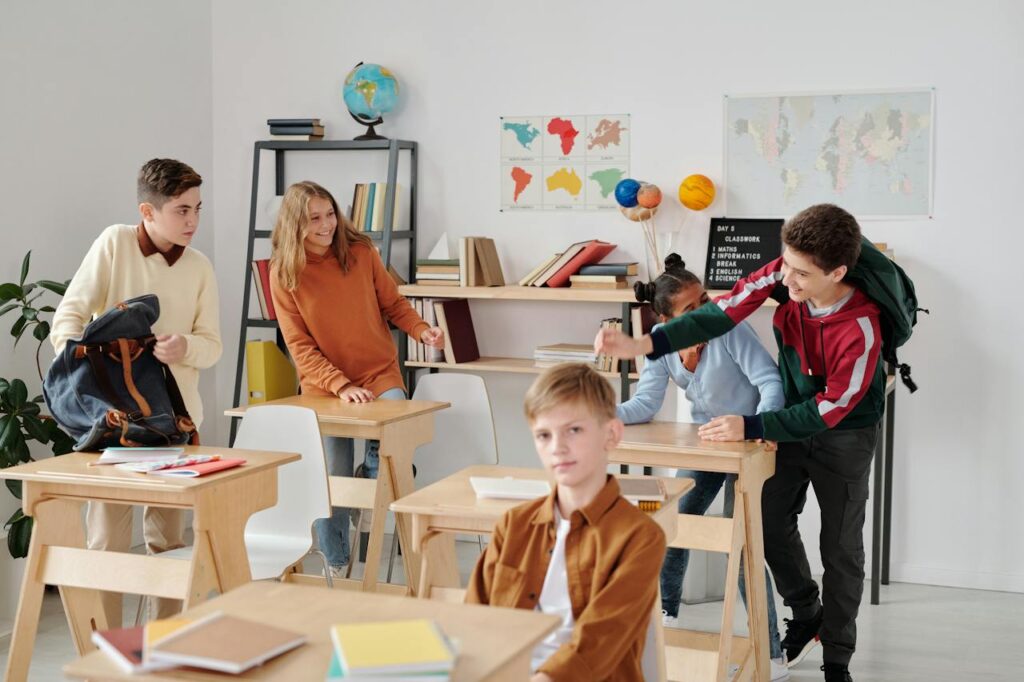
Discipline strategies are ways in which students recognize thier own behavior leads to actions which can lead to negative consequences if not managed correctly. What they are not is a form of punishment.
Discipline vs. Punishment
Discipline should not be the same as punishment.
Punishment using harsh actions or words may be intended to correct students’ negative behavior, but it has shown to do more damage to children’s confidence and self-esteem.
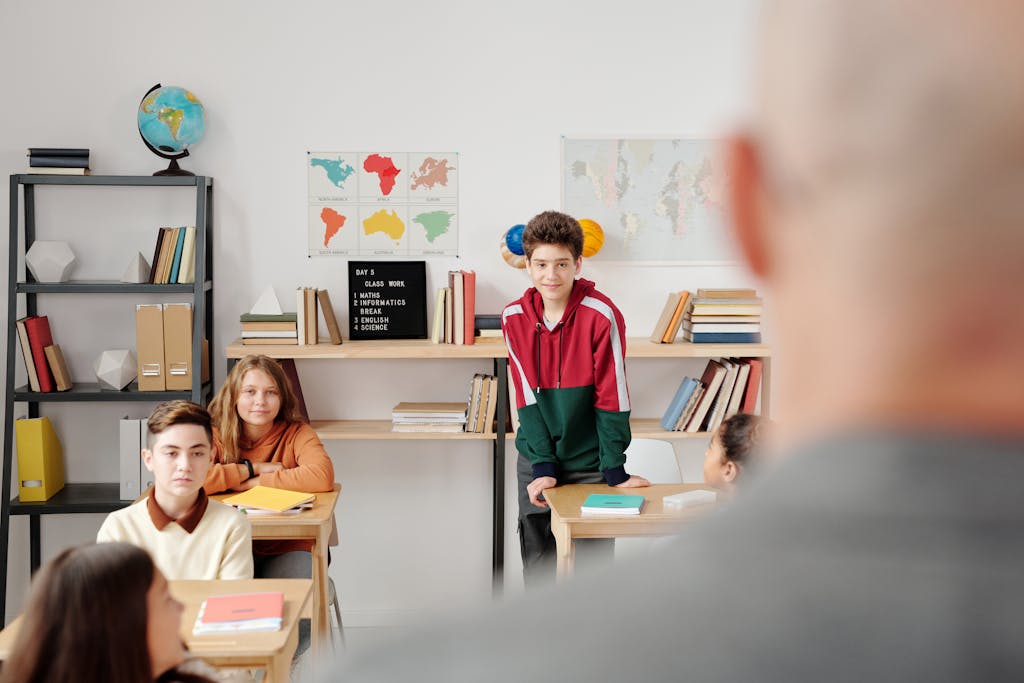
Punishment has no place in the classroom. The attitudes and work students show in the classroom, and the teacher’s response can impact on their mental health and their learning.
Conclusion
Discipline strategies in the classroom aren’t about controlling students but guiding them toward self-regulation, accountability, and respect. By leveraging tools for discipline strategies that focus on motivation, accountability, and responsibility—coupled with thoughtful rewards and consequences—educators can build a positive learning environment where all students have the opportunity to succeed.
What tools or strategies do you use in your classroom? Share your ideas in the comments below!
Related Topics
Connect to our other pages as you navigate through our website. Explore what these pages have to offer you and you will be glad you did!
- ELA Oral Presentation Rubrics for the Classroom
- Teacher Identity in the Online Classroom
- How to Build Effective Classroom Management Strategies
- What Are Formative Assessments in Education?
- Effective Lesson Plans Checklist for Teachers
Join Us Today!
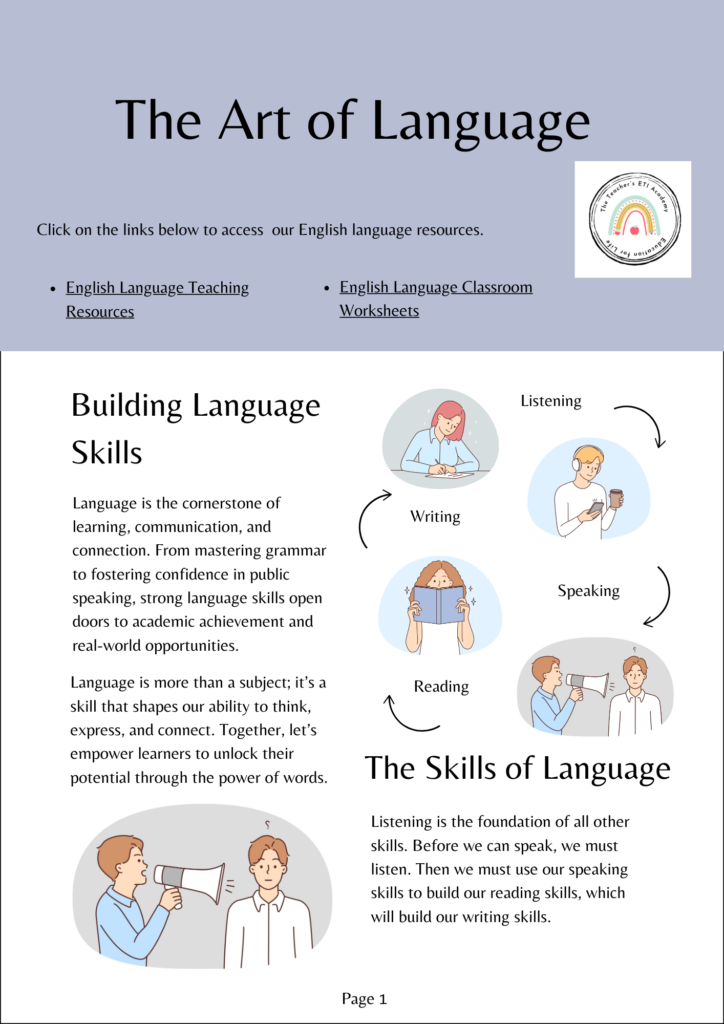
Share Your Thoughts!
I would like to hear from you! Let know your thoughts in the comments below on discipline strategies in the classroom. We would love for you to connect with us on social media!
